Health & Medicine
-
 Health & Medicine
Health & MedicineFatty coat on cancer drugs protects the heart
Cancer drugs encased in a layer of fat reduce but don’t eliminate heart damage.
-
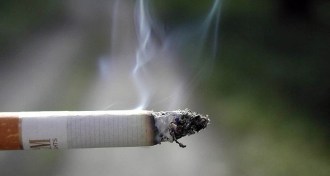 Genetics
GeneticsMale smokers more likely to lose Y chromosomes
Male smokers are more likely to lose Y chromosomes in their blood cells than men who have never smoked or those who have kicked the habit.
-
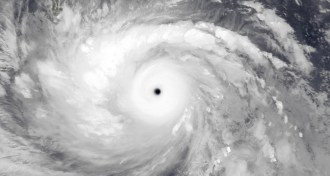 Health & Medicine
Health & MedicineA look back at 2013’s disasters
The Philippines, India and China each lost more than 1,000 lives in 2013 in mass calamities.
-

-
 Health & Medicine
Health & MedicineOld drug reduces herpes symptoms, spread in animal tests
The antidepressant tranylcypromine might also work as antiviral against herpes, animal studies suggest.
By Nathan Seppa -
 Health & Medicine
Health & MedicineFor kids, news coverage can bring distant tragedy home
Media coverage of disasters and other major events can have an emotional effect on kids. Experts suggest that parents limit news exposure and discuss tough topics.
By Laura Beil -
 Health & Medicine
Health & MedicineChildren can suffer emotional wounds in a disaster
Natural disasters and terrorist attacks have taught researchers that a subset of children may face long-term problems. Parent reactions and how quickly life returns to normal can make a difference.
By Laura Beil -
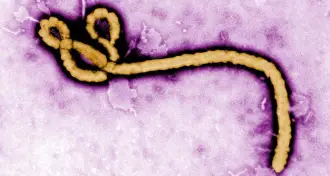 Health & Medicine
Health & MedicineEbola vaccine shows no major side effects in small study
An experimental vaccine against Ebola virus has tested well in people, researchers report.
-
 Health & Medicine
Health & MedicineTurning the immune system on cancer
A new class of drugs uncloaks tumors in some patients, awakening home-grown cells to fight several cancer types.
By Nathan Seppa -
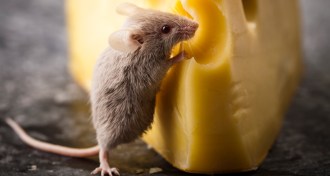 Health & Medicine
Health & MedicineAdd high-fat diet to the ‘don’t’ list for pregnant moms
There’s always controversy over what to eat while pregnant. Four animal studies at this year’s Society for Neuroscience meeting bring together negative effects of high-fat diets.
-
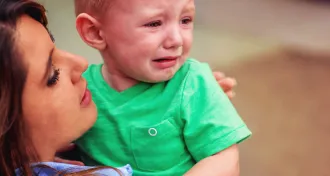 Health & Medicine
Health & MedicineThe kids will be all right
Children are generally as resilient as adults when it comes to acute trauma, and studies suggest that a little stress and exercise might help kids cope with disasters.
-
 Life
LifeNorovirus can play protective role in mice
In mice, viral infection can help intestines develop, strengthen immune system.